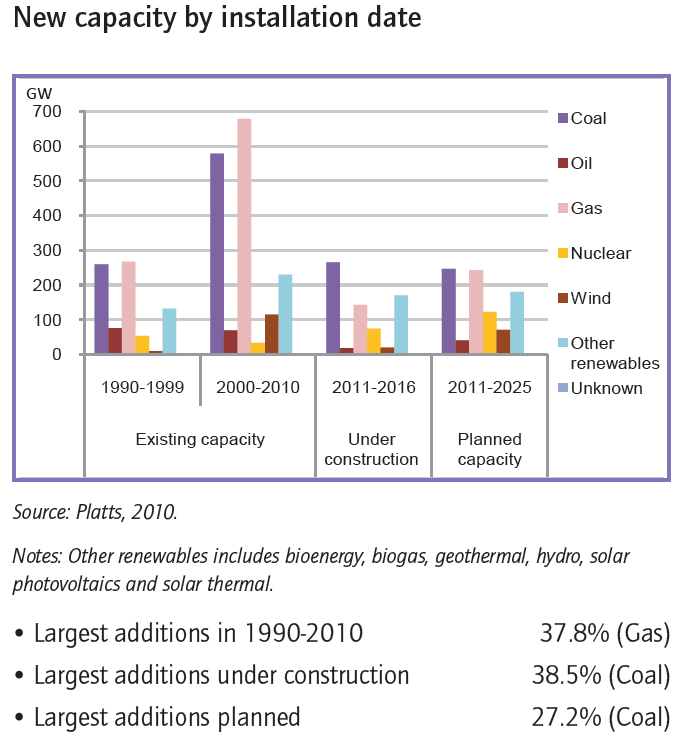Bleak Outlook for Climate Change with Record CO2 output in 2010

Sir Nichoals Stern author of the most influential econometric study of climate change to date quoted in the Guardian today said:
These figures indicate that emissions are now close to being back on a 'business as usual' path. According to the Intergovernmental Panel on Climate Change's projections, such a path ... would mean around a 50% chance of a rise in global average temperature of more than 4C by 2100. Such warming would disrupt the lives and livelihoods of hundreds of millions of people across the planet, leading to widespread mass migration and conflict. That is a risk any sane person would seek to drastically reduce.
There are some tough statistics to swallow in the report including:
- If the world is to avoid breaching the 2ºC target emissions should not reach 32 gigatonnes before 2020. In other words, we can only afford to grow total global emissions over the next 9 years by the same amount we grew them in just one year between 2009 and 2010.
- There is little wiggle room here with 80% of projected emissions from the power sector already locked in from existing capacity or new capacity already under construction. These plants probably don't start to decommission until mid century if allowed to complete their normal life cycle. (click on the illustration below from the International Energy Agency)
- With much of the spurt in emissions growth coming from the developing world we find plenty of room for economic growth to drive future emissions even harder. On a per capita basis OECD countries emitted an average of 10 tonnes compared with China at 5.8 and India at 1.5.
- The nuclear disaster at Fukishima puts paid to new nuclear development anytime soon and likely early decommissioning of existing capacity especially in Europe.
With continued political failure on this issue and inability of the industrial sector to police itself expect a re energising of the civil society/NGO sector. It should also mean a rapid maturation of demand for carbon and energy management software with businesses scrambling to get a grip of this issue if only to head off the effects of more draconian regulation. For hardware manufacturers it means doubling down on use phase data centre, device and PC energy efficiency.
